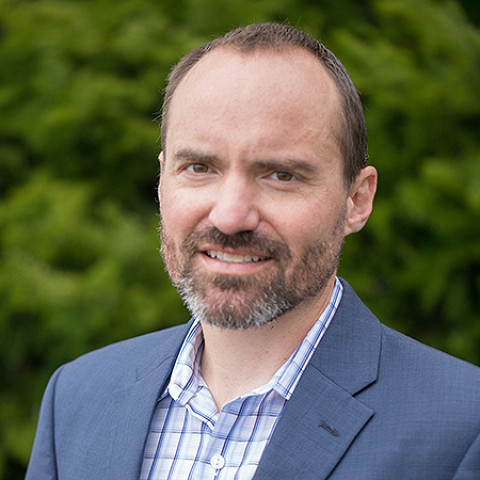Categories:

Addressing Social Determinants of Health: Part 1 – Missed Connections
In 2009, I was running focus groups with low-income mothers in Massachusetts. They were participants in the state’s WIC nutrition program and I was hoping to better understand their needs and barriers to accessing care. The word that kept coming up was “transportation,” or rather, the lack thereof in their communities. These mothers were missing doctor appointments because they didn’t have a reliable way to get to there. Food, housing, and transportation are key factors that contribute to an individual’s health and wellbeing.
In fact, studies indicate that 70-80 percent of health outcomes are attributed to environment and behavior. The social determinants of health (SDOH)—the social and economic circumstances that together influence one’s health throughout their life—have long been recognized by the public health community. It’s only been recently, though, that other players in the health care ecosystem have awakened to the significance of SDOH in affecting patient outcomes and operational metrics. Health plans and hospital systems have realized they can no longer just treat the symptoms of disease–they must address the “root causes” of health.
Barriers to Care = Missed Appointments
Back to my example of transportation. As many as 30 percent of all patients skip doctor appointments, citing transportation as a key reason. And out of all social determinants, transportation is the one most explicitly mentioned as a requirement in Medicaid contracts with accountable care and managed care organizations, according to a recent analysis by NASHP. For expectant and new mothers, regular doctor visits are an essential part of creating healthy families. But a mom may also be worried about putting a roof over her baby’s head, securing nutritious food, or finding a job—in addition to making it to her next appointment. Challenges over basic needs can affect individuals’ opportunities and ability to engage in healthy behaviors. In the Medicaid population, this is of particular concern, and we need to find ways to bridge the gap.
How Do We Address The “Root Causes” of Health?
Part of the solution is leveraging smart mobile tools to connect members with services, resources and basic needs, like transportation. Whether it’s a ride, a meal or a consult with a clinician, we have to make it easier for individuals to find help. Medicaid populations need assistance navigating their available resources, and they need health information at their fingertips. When this support is provided to them in a personalized, user-friendly, mobile-enabled way, it is consistently embraced. Wildflower’s Medicaid users have higher engagement rates on average than our commercially-insured users, according to an internal analysis we conducted earlier this year. Free mobile apps – optimized for low-end smartphones – can serve as 24/7 digital companions for members who need help, connecting them with WIC programs, safe housing, and food pantries in their communities. They can deliver linguistically and culturally-relevant health care content and tools that support behavioral health. Health plans and providers benefit from more formal data integration, including SDOH screening surveys, health risk assessments, and case management prioritization.
The Bottom Line
The conditions in which people are born, live, learn, and work profoundly affect our health outcomes. People in vulnerable socio-economic positions more acutely face these challenges. For those of us working to strengthen the health care system for all, we have to help these individuals more reliably and intelligently connect with care. Whether it’s educating a member about their available health plan benefits, reminding them about upcoming appointments, scheduling a ride, or screening them for basic needs, the data show that mobile tools are more than up for the task. We’ll continue looking at the social determinants of health in an upcoming blog post. Watch for Part Two of this conversation which will focus on mental health and addiction.
